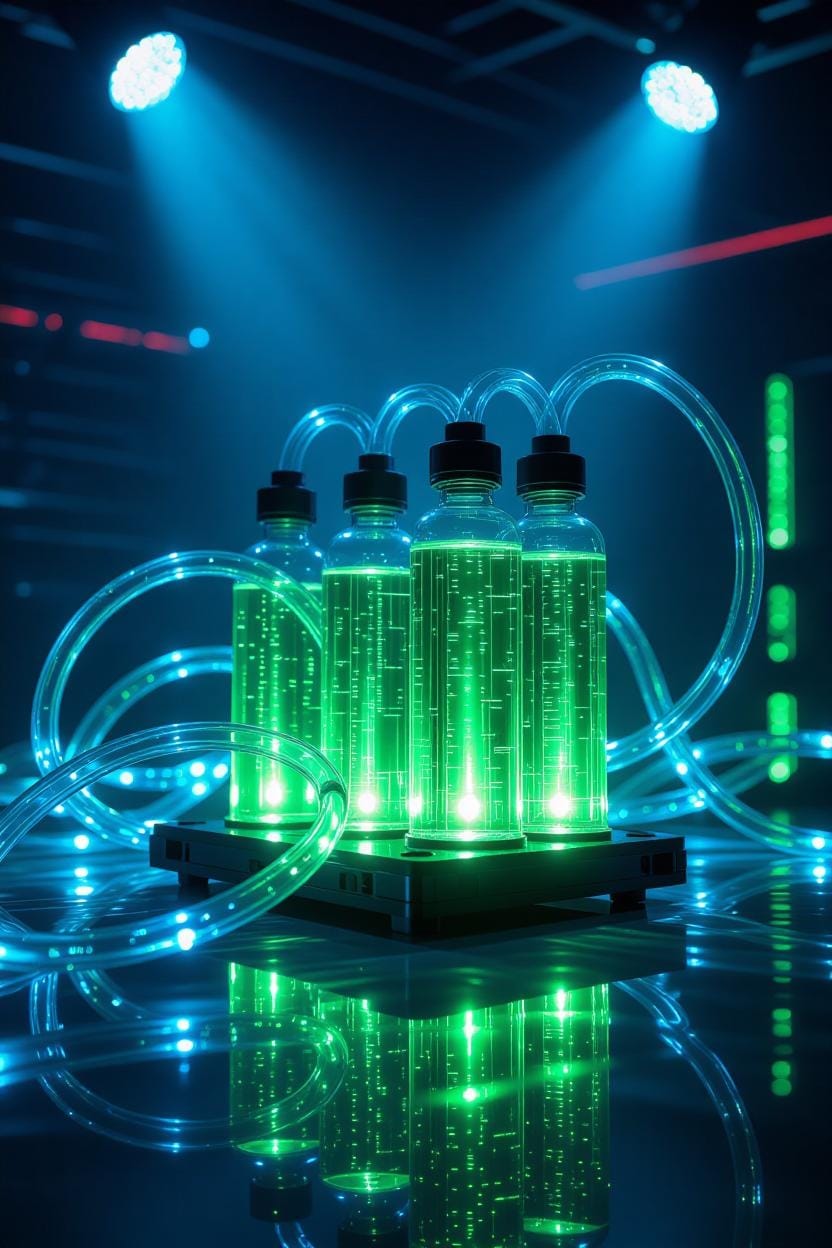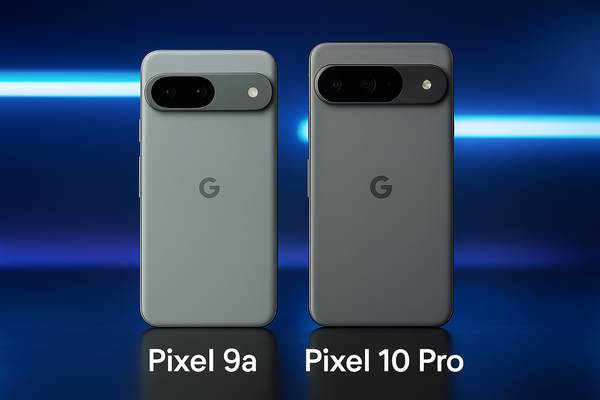iPhone 17 Cooling: From Vapor Chambers to Liquid Dreams – Will Apple Dive into Active Cooling?
Apple's iPhone 17 Pro just dropped its first vapor chamber – a sneaky upgrade that's keeping things cool under pressure. But with rivals pumping actual liquid through phones, is Apple gearing up for the next big splash? Let's geek out on the heatand predict what's bubbling up for future iPhones.

Hey there, tech wanderers! If you're like me – always chasing that perfect blend of power and chill (literally) in your gadgets – then the iPhone 17 series launch has you buzzing. We're talking September 2025 vibes, where Apple's finally acknowledging that cramming beast-mode chips and AI wizardry into a slim slab of glass means dealing with some serious heat. No more pretending graphite sheets are enough for marathon gaming sessions or editing 8K vids on the go.
In this casual deep-dive, we'll unpack the iPhone 17's shiny new cooling tricks, why they're a game-changer for Pro users, and – drumroll – my bold prediction on whether we'll see active liquid cooling splashing into future models. Grab your iced coffee; let's cool off those hot takes.
Why Cooling Matters in 2025 Smartphones (And Why iPhone 16 Made Us Sweat)
Picture this: You're deep into a Genshin Impact raid or letting Siri crank out custom Apple Intelligence art, and bam – your phone starts throttling like it's on a bad diet. That's thermal throttling, folks: when heat builds up, the chip dials back performance to avoid melting itself. Annoying, right?
Apple's been coasting on basic graphite pads for years – think of them as fancy sticky notes that suck up heat but don't spread it far. The iPhone 16 Pro was solid, but stress tests showed it hitting 37.8°C peaks, forcing frame drops. Enter iPhone 17: Apple's saying "hold my sustainably sourced aluminum" and leveling up.
iPhone 17's Cooling Glow-Up: Vapor Chambers Steal the Show
The big news? Vapor chambers are here – but only on the Pro squad. For the first time, the iPhone 17 Pro and Pro Max rock a sealed copper plate loaded with deionized water. It's like a mini sauna in reverse: heat hits the water, it evaporates, zips around to cooler spots, condenses, and dumps the warmth. Boom – heat spreads 3-5x faster than old-school graphite.
- Real-World Wins: In lab runs, Pro models stay a breezy 34.8°C under load, sustaining 90% frame rates in 3DMark marathons. Perfect for AR workouts or binge-editing Spatial Videos without the phone turning into a hand warmer.
- Design Smarts: Paired with that unibody aluminum body, it radiates heat outward subtly. And get this – it's repair-friendly, per early teardowns. No more "voiding warranty" nightmares if you DIY a screen swap.
But wait, not everyone's invited to the cool kids' table. The base iPhone 17 and whisper-thin "Air" model? They're sticking with graphite and heat pipes. Fine for TikTok scrolls and podcasts, but expect a tad more huffing during heavy AI chats.
Here's a quick side-by-side to keep it snappy:
| Model | Cooling Tech | Why It Rocks | The Catch |
|---|---|---|---|
| iPhone 17 / Air | Graphite sheets + heat pipes | Keeps it ultra-slim; handles daily vibes no sweat | Might throttle on long gaming hauls |
| iPhone 17 Pro / Pro Max | Vapor chamber + aluminum chassis | Epic heat spread; sustains pro-level performance | Marginally thicker (but who notices?) |
Bottom line: This is Apple's nod to the thermal arms race. Vapor chambers? Old hat for Android crews like Samsung, but Apple's version feels polished, like everything they touch.
Peering into the Crystal Ball: Liquid Cooling on the Horizon?
Now, the fun part – speculation! With the A19 Pro chip (TSMC's 2nm magic) guzzling power for on-device LLMs and 20-stop HDR cams, passive cooling might soon cry uncle. Enter Apple's 2023 patent bombshell: a "Liquid Heat Exchanger" that's straight sci-fi.
Imagine electromagnetic coils and magnetic pistons silently pumping coolant through tiny channels, zapping heat from hotspots like the neural engine or camera sensor right to the edges. No whirring fans (ew, noise), just efficient, leak-proof flow. It's tailor-made for pro cinematography – think endless ProRes shoots without sensor meltdowns.
My Prediction? Buckle up: Active liquid cooling hits iPhone 18 Pro by late 2026 (70-80% shot), or iPhone 19 in 2027 if they play it safe. Why? Rivals like RedMagic's pumped systems are already flexing, and Apple's not one to lag in the "pro creator" arena. Base models? Nah, too pricey and bulky – it'll stay a Pro perk.
Challenges ahead: Fluid durability in a pocket-sized world, plus keeping that iconic slimness. But if anyone can nail silent, seamless liquid tech, it's the Cupertino crew. Watch for Ming-Chi Kuo leaks; the guy's basically a thermal whisperer.
Wrapping Up: Hotter Tech, Cooler Futures
The iPhone 17's vapor chamber debut is a stealth win – making Pros feel future-proof without screaming "gamer phone." And if liquid cooling joins the party? Apple could redefine mobile thermals, turning iPhones into unthrottled powerhouses for creators and casual crushers alike.




